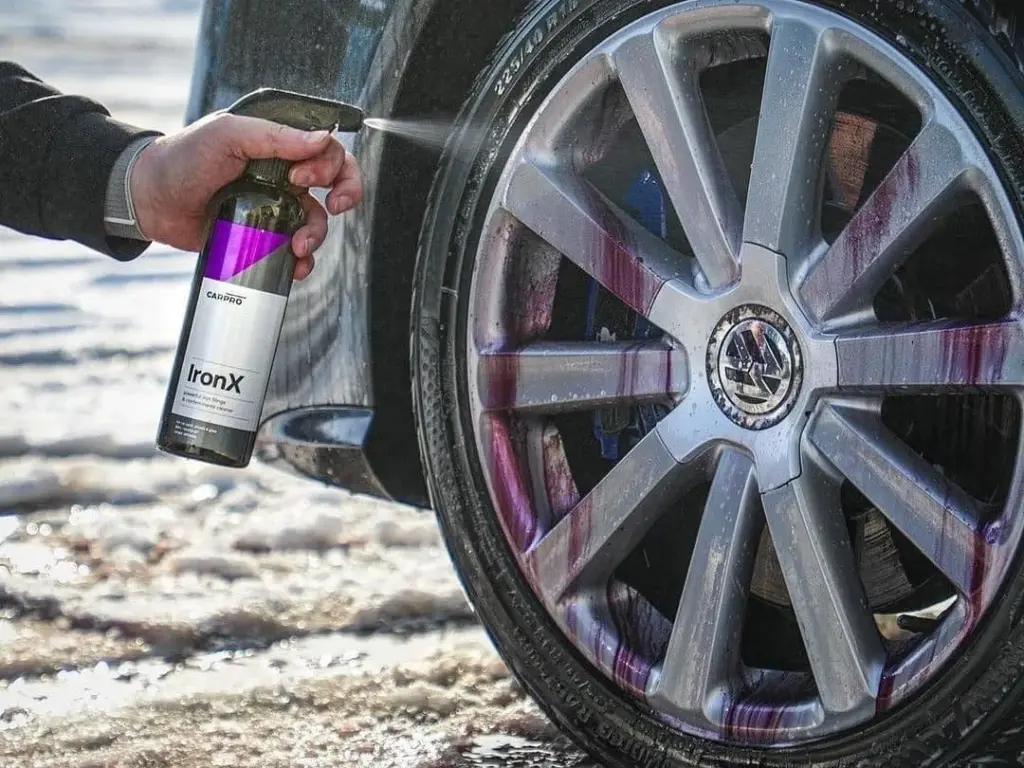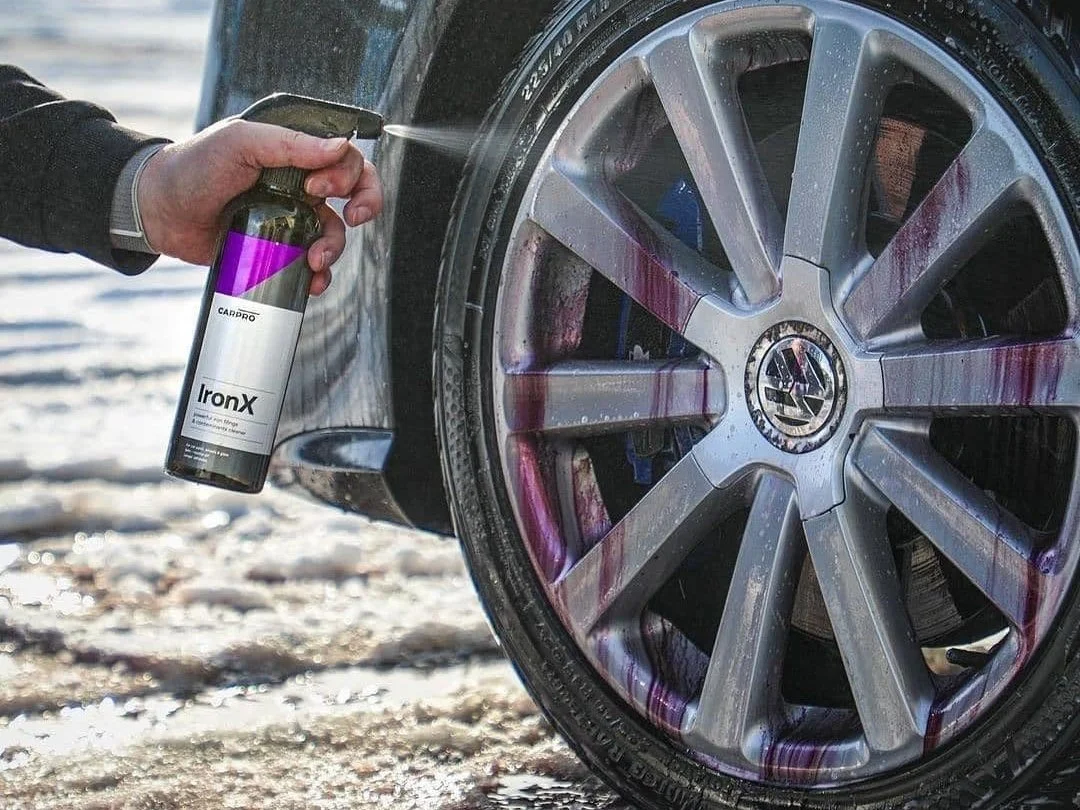
The Ultimate Guide to Choosing the Best Brake Dust Remover
Brake dust. The bane of every car enthusiast’s existence. That unsightly, gritty film that clings to your wheels, dulling their shine and making your meticulously detailed vehicle look, well, less than perfect. But fear not! The solution lies in finding the best brake dust remover. This comprehensive guide will walk you through everything you need to know to choose the right product and keep your wheels looking their best. We’ll delve into the science behind brake dust, the different types of removers available, and provide expert recommendations to help you make an informed decision.
Understanding Brake Dust: The Enemy Within
Before we dive into the world of brake dust remover, let’s understand what we’re dealing with. Brake dust is primarily composed of metallic particles shed from your brake pads and rotors during braking. As these components grind against each other to slow or stop your vehicle, tiny particles are released. These particles, heated by friction, become embedded in the surface of your wheels, creating a stubborn, corrosive layer.
The composition of brake dust varies depending on the type of brake pads installed. Semi-metallic pads, commonly found in many vehicles, tend to produce more dust than ceramic pads. This is because semi-metallic pads contain a higher percentage of metal, which contributes to the abrasive wear and subsequent dust generation. Choosing low-dust brake pads is a proactive measure to minimize the problem, but even the best pads will produce some dust over time. Therefore, using a high-quality brake dust remover is still essential for maintaining the appearance of your wheels.
Types of Brake Dust Removers: Choosing the Right Weapon
The market offers a wide variety of brake dust removers, each with its own strengths and weaknesses. Understanding the different types will help you select the product that best suits your needs and budget.
Acid-Based Removers: The Heavy Hitters
Acid-based removers are among the most powerful options available. They contain strong acids, such as hydrofluoric acid or hydrochloric acid, which dissolve brake dust quickly and effectively. However, their aggressive nature also makes them potentially harmful to wheel finishes, especially if used incorrectly. Acid-based removers are generally recommended for heavily soiled wheels with stubborn brake dust buildup. Exercise extreme caution when using these products, and always follow the manufacturer’s instructions carefully. Proper personal protective equipment (PPE), including gloves and eye protection, is mandatory.
Alkaline-Based Removers: A Gentler Approach
Alkaline-based removers offer a less aggressive alternative to acid-based products. They typically contain strong bases, such as sodium hydroxide or potassium hydroxide, which lift brake dust from the wheel surface. While not as potent as acid-based removers, alkaline-based options are still effective at removing moderate brake dust buildup. They are generally safer for a wider range of wheel finishes, but it’s still important to test the product on an inconspicuous area before applying it to the entire wheel. Alkaline-based brake dust removers are a good choice for regular maintenance cleaning.
pH-Neutral Removers: The Everyday Solution
pH-neutral removers are the safest and most versatile option for routine wheel cleaning. They contain gentle cleaning agents that effectively remove light to moderate brake dust without damaging wheel finishes. These removers are ideal for frequent use and are suitable for all types of wheels, including those with delicate finishes like chrome or painted surfaces. pH-neutral brake dust removers are a great choice for maintaining the appearance of your wheels on a regular basis.
Iron Removers: The Color-Changing Marvels
Iron removers are a relatively new type of brake dust remover that utilizes a chemical reaction to dissolve iron particles. These products contain a compound that reacts with iron oxide (rust) present in brake dust, causing it to turn purple or red. This color change indicates that the product is working and helps you visually track the removal process. Iron removers are highly effective at removing embedded brake dust and are generally safe for most wheel finishes. They are a popular choice among detailing enthusiasts due to their effectiveness and ease of use.
How to Choose the Best Brake Dust Remover: Factors to Consider
With so many options available, choosing the best brake dust remover can feel overwhelming. Here are some key factors to consider when making your decision:
- Wheel Finish: The type of finish on your wheels is the most important factor to consider. Delicate finishes like chrome, painted surfaces, or polished aluminum require gentle, pH-neutral removers. More durable finishes, such as powder-coated or clear-coated wheels, can tolerate slightly stronger alkaline-based removers. Acid-based removers should only be used on heavily soiled wheels with durable finishes and with extreme caution.
- Brake Dust Buildup: The amount of brake dust buildup on your wheels will also influence your choice. For light to moderate buildup, a pH-neutral or alkaline-based remover will suffice. For heavy buildup, you may need a stronger acid-based or iron remover.
- Frequency of Cleaning: If you clean your wheels frequently, a gentle pH-neutral remover will be sufficient. If you only clean your wheels occasionally, you may need a stronger alkaline-based or iron remover to tackle the accumulated brake dust.
- Ease of Use: Consider the ease of application and removal. Some removers require rinsing, while others are wipe-on, wipe-off formulas. Choose a product that fits your cleaning routine and preferences.
- Safety: Always prioritize safety when using any chemical product. Read the manufacturer’s instructions carefully and wear appropriate PPE, including gloves and eye protection. Work in a well-ventilated area to avoid inhaling fumes.
- Price: Brake dust removers range in price from affordable to premium. Consider your budget and choose a product that offers the best value for your money.
Expert Recommendations: Top Brake Dust Removers on the Market
Based on extensive testing and reviews, here are some of the top brake dust removers currently available:
- Meguiar’s Ultimate All Wheel Cleaner: A pH-neutral formula that’s safe for all wheel finishes. It effectively removes light to moderate brake dust and leaves a streak-free shine.
- Sonax Wheel Cleaner Full Effect: An iron remover that changes color as it dissolves brake dust. It’s highly effective and safe for most wheel finishes.
- Adam’s Polishes Wheel Cleaner: An alkaline-based cleaner that provides excellent cleaning power without being overly aggressive.
- Chemical Guys Diablo Wheel Gel: A pH-neutral gel formula that clings to wheels for enhanced cleaning power.
- P21S Gel Wheel Cleaner: A gentle, pH-neutral formula that’s safe for even the most delicate wheel finishes.
Application and Removal: A Step-by-Step Guide
To achieve the best results, follow these steps when applying and removing brake dust remover:
- Prepare Your Wheels: Rinse your wheels with water to remove loose dirt and debris.
- Apply the Remover: Spray the brake dust remover evenly onto the wheel surface, following the manufacturer’s instructions.
- Let it Dwell: Allow the remover to dwell on the wheel for the recommended time. This allows the cleaning agents to penetrate and dissolve the brake dust.
- Agitate (Optional): For stubborn brake dust, use a wheel brush or sponge to agitate the surface.
- Rinse Thoroughly: Rinse the wheel thoroughly with water to remove all traces of the remover and dissolved brake dust.
- Dry the Wheel: Dry the wheel with a clean microfiber towel to prevent water spots.
- Protect (Optional): Apply a wheel sealant or wax to protect your wheels from future brake dust buildup.
Preventing Brake Dust Buildup: Proactive Measures
While using a brake dust remover is essential for maintaining the appearance of your wheels, there are also proactive measures you can take to minimize brake dust buildup:
- Choose Low-Dust Brake Pads: Opt for ceramic or organic brake pads, which produce less dust than semi-metallic pads.
- Apply a Wheel Sealant or Wax: These products create a protective barrier that prevents brake dust from adhering to the wheel surface.
- Clean Your Wheels Regularly: Frequent cleaning prevents brake dust from accumulating and becoming difficult to remove.
- Consider Brake Dust Shields: These shields attach to your brake calipers and deflect brake dust away from your wheels.
Conclusion: Keeping Your Wheels Sparkling
Brake dust may be a persistent problem, but with the right brake dust remover and proper maintenance, you can keep your wheels looking their best. By understanding the different types of removers available, considering your wheel finish and cleaning habits, and following the steps outlined in this guide, you can choose the perfect product for your needs. Remember to always prioritize safety and follow the manufacturer’s instructions carefully. With a little effort, you can say goodbye to unsightly brake dust and hello to sparkling clean wheels that enhance the overall appearance of your vehicle. [See also: How to Detail Your Car Like a Pro] and [See also: Best Car Cleaning Products of 2024]

